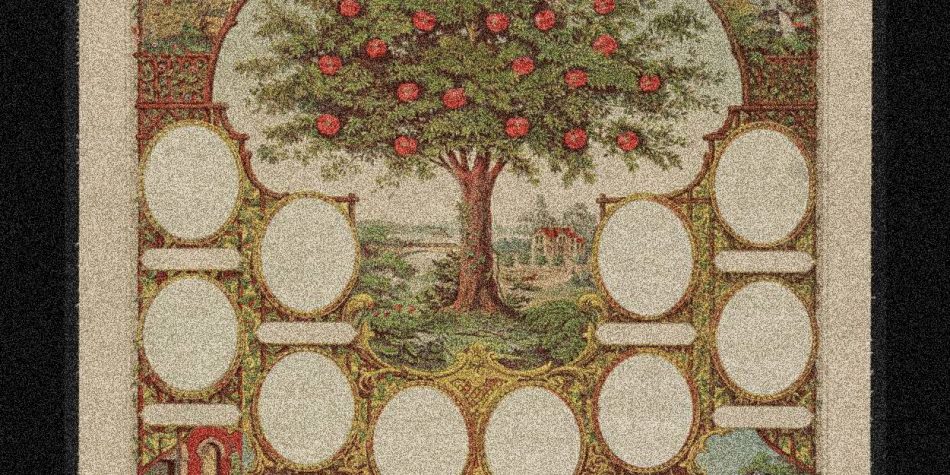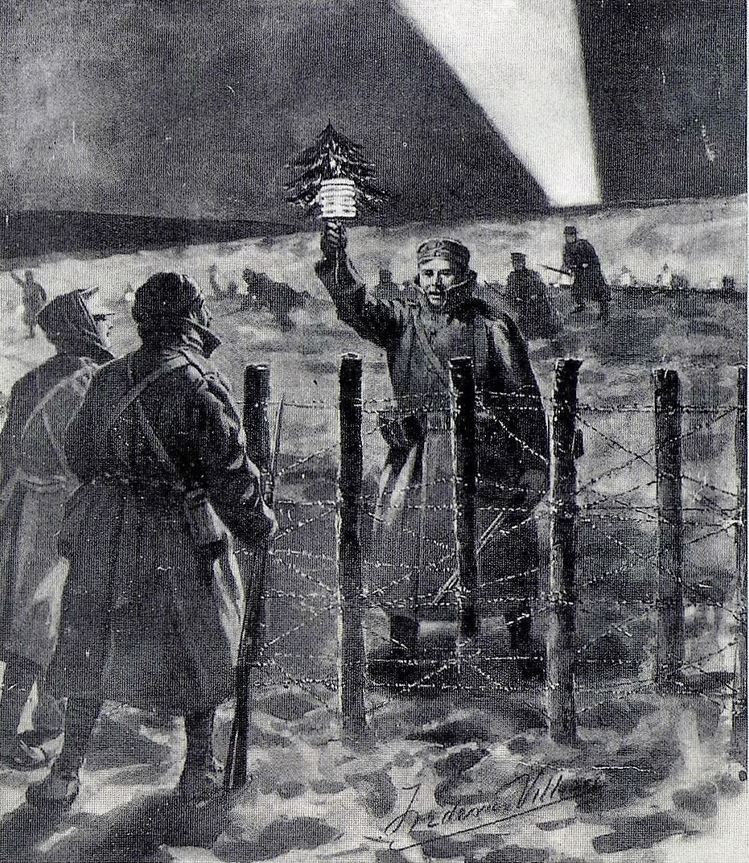Why is the Lord so interested in Israel? It’s on the order of an obsession; this is to be expected in the Old Testament, written by and for Israel, but continues throughout the New Testament, and through two books of scripture held as sacred by Latter-day Saints: the Book of Mormon, and the Doctrine and Covenants. Why “establish Israel” in the first place? Why is it still relevant? Which of the many senses of the concept “Israel” are referenced in any given scripture, and how can we conceptually unify them?
President Russel Nelson, who leads The Church of Jesus Christ of Latter-day Saints, recently exhorted members to study “all that the Lord has promised He will do for covenant Israel.” That got me wondering about these questions. Israel is variously a family, a religious tradition, a culture, a political unit (various times), a precursor of the Church of Jesus Christ (in its primitive, apostate, and Latter-day manifestations), and a symbol and ideal of each of these. To add one more to the list, Israel is an institution—not just an organization, but an institution in the broader social science sense, where a durable social structure is intertwined with cultural norms and patterns of behavior.
For example, the English common law legal system is an institution—coming to be over the course of hundreds of years of cultural evolution. It involves written documents, traditions of interpretation, physical buildings (courthouses), hierarchical organizations of people (the bar), territorial elements (different jurisdictions), and cultural norms and expectations around all of these. No one person created it. There are milestones, like the Magna Carta, but also centuries of halting, obscure progress, known only to specialist historians. Such an institution can’t easily be transplanted; it isn’t hard to build a courthouse and put laws on the books, but getting the cultural component right is a formidable challenge—thus the Gordon Brown quote (popularized by Nobel-prize-winning economist Paul Romer) that “in establishing the rule of law, the first five centuries are always the hardest.”
There are other similarly slow-growing but durable economic institutions, as chronicled by Douglass North, and other political institutions, as discussed by Francis Fukuyama. And there are institutions that blend religion, economics, and politics (think of the medieval Catholic Church).
I suggest an institutional lens is useful for thinking about Israel.
Sometimes, in scriptural prophecy, discussions of Israel seem to refer specifically to the lineal covenant descendants of Jacob. There are other references that seem particularly salient to the Jews and the present-day country of Israel. And Israel is sometimes interpreted to just mean “a true believer in Christ” or as an allegorical reference to the Church. There are also specific scriptural promises to various branches of Israel, including the Lamanites, the Lost Tribes, the Jews, and so forth. Since the idea of Israel is tied up with a set of durable, multifaceted cultural/religious/political structures that have been developing for thousands of years, an institutional lens is appropriate. Then Israel can mean something like “the Kingdom of Heaven” or, in modern terms, “God’s Institution.”
So hold that thought, and indulge your inner heretic by imagining yourself in God’s shoes, a couple of thousand years before Christ. You would have liked to bless people by revealing the gospel, ideally in an institutionalized and durable way. But there was not a lot of promising human material for a benevolent deity to work with. Pharaohs or other totalitarian God-Emperor types were generally available, as was a fractal structure of tribal warlords and their supporters. It doesn’t seem like God could have revealed the gospel to these types of characters with great hope of producing some kind of durable result—think about Akhenaten, and how his religious shift to something monotheistic-ish did not long outlive his reign. The Roman Republic and Greek democracies were well into the future, not that a Pericles or a Scipio would obviously have done well as a revelator of the gospel. Contemporary religions and their priests were tied to these same political characters and structures.
So no existing political or religious body could really work as a vessel for the gospel. And individuals, as influenced by the cultures of the time, were generally not in a gospel-receptive state or predisposed to accept revelation. There was hardly fertile soil for the growth of a new totalizing religion within an existing state. John the Baptist could be a voice crying in the wilderness, but it was a wilderness right next to a well-developed culture that had previously received similar messages (at least in part, despite regular retrogressions).
A voice crying in the wilderness with an entirely alien message would struggle to have an impact in any culture or time. There’s a fun science fiction story concept where a modern guy gets dropped into a pre-modern society and proceeds to introduce technology for fun and profit (particularly gunpowder and metallurgical advances). These are great fun to read, and it’s conceivable that someone bringing advanced weapons technology would truly be welcomed by political authorities of any era, but cultural and moral changes are a tougher sell. Revelation by prophets, even incremental revelation building on a long tradition, typically prompts rejection. Moses saw his people worship the golden calf the moment he turned his back. Thus you can’t just drop a copy of the Bible and a modern clergyman trained in ancient languages in 1200 B.C. and bootstrap Christianity. And although God may want to send truth down from heaven, heavenly visitors manifesting sufficient cultural differences would look a lot like alien invaders. The institution would need to appeal to the deepest source of human identity: the family.
So what is God to do? While respecting human agency and working preferentially via “small and simple things” how can He durably influence the world in a way that will ultimately prepare for Christ’s mission to be fulfilled?
God can build an institution.
To last, the institution could not merely be a religious and moral system. It would need to include a political dimension, to maintain its independence from the state-entangled religions of the day. It would need to be culturally distinct enough to avoid melting back into its environment. It would need to start small, then grow—we should expect a gradual “line upon line” process of development. The institution would need to appeal to the deepest source of human identity: the family. Ultimately, it should be able to grow into the full Kingdom of God on the earth, where Christ can “reign personally upon the earth,” amidst a “kingdom of priests, and an holy nation,” and fulfill all his promises to earth’s peoples and families.
Such an institution had to start, at some point, with one individual. (It seems God reveals the gospel early and often, but still, there had to be a first time that it durably stuck and began a process of relatively continuous institutional development). It seems like this first person would need to be someone with enough cultural sophistication to have some staying power, but who could become independent enough to avoid being snuffed out. The perfect candidate might be involved in a sophisticated civilization, but nevertheless prepared to leave, become a pastoralist, and found a tribe that could perpetuate his influence—Abraham.
Now from a Latter-day Saint view, God was trying to establish something that could ultimately grow into the Kingdom of God on earth. Given that, a single individual wouldn’t have been enough, nor a royal line of succession, which would be fragile, and struggle to influence the world. But Abraham’s growing posterity could get things moving. Thus the significance of the promise that “in thy seed shall all the families of the earth be blessed.”
The Twelve Tribes eventually added historical heft to family cohesion. Abraham’s individual exodus was echoed in Israel’s later Exodus as a whole, which again separated a gospel-prepared entity from its surrounding culture. This time, the group was large enough to hold its own in a geopolitical context. The instructions Israel was given for the conquest of Canaan seem to have been designed to produce a politically and culturally distinct area by any means necessary, the better to give space for religious development.
Cycles of apostasy, including personal apostasy in political leadership, prevented a City-of-Enoch-like realization of the Gospel. But even Israelite monarchs who did not serve God well could still serve his purposes, as foils for the likes of Nathan, Jeremiah, and Isaiah. Notionally Israelite monarchs in a notionally Israelite realm gave Isaiah plenty of material to work with; rather than “Marduk is bad, your whole ethical system is bad, and you are bad,” the message could be “live according to your true identity as an Israelite.”
Ultimately, however, God didn’t want a political or state institution, or at least not the kind fallen humans could create or administer. The state, as a monopoly on legitimate violence, does not operate “without compulsory means,” as God’s power must in order to remain effective (as explained in the seminal Latter-day Saint scripture, D&C 121:34-46). Israel’s political identity served its purpose in providing an incubator for gospel culture but was never the primary goal.
Part of God’s plan for Israel involved cutting off and grafting in different “branches,” as vividly illustrated in the Jacob 5 (Book of Mormon) allegory of the olive tree. I understand these branches to be not sets of atomic individuals, but groups in the context of their institutions—their churches, traditions, judges, kings, secret combinations, and so forth. Each pruning or grafting directed institutional development in a certain direction. Political elements of the institution were repeatedly pruned by the likes of Babylon and Rome, influencing the development of Israelite identity along cultural and religious lines.
We could say the institution of Israel was given a workout—subjected to stress to help it develop. (Nassim Taleb might call Israel “antifragile.”) This created a very durable religious and cultural basis that underlies both Christianity and Judaism. Ultimately, it prepared fertile ground for Christ’s message and atoning sacrifice to be received, recorded, and at least temporarily institutionalized in his Church as established under Peter.
That Church then went through its own processes of institutional change, notably including its loss of priesthood authority with the deaths of the Apostles. In a tangled process, the remnant church was persecuted, then accepted into the Roman political apparatus, and then fluctuated in its degrees of worldly and spiritual power as it vied with other institutions after the fall of Rome. New Protestant churches eventually emerged, each with a degree of institutional debt to the Catholic Church.
Eventually, Joseph Smith entered the scene, reinstituting the fullness of the gospel, and teaching the restored Church of Jesus Christ of Latter-day Saints to “receive truth, let it come from whence it may.” Consistent with that, we can see that the Church, the institutional “restoration of all things,” has inherited elements from various institutions. The Restoration did not happen ex nihilo, but by re-combining inspired branches from sources including other denominations, American civic traditions, Masonry, the Nephite church, ancient Israel, and so forth. Revelation grafted all of these branches together and added (and adds!) things that have “not been revealed since the world was until now” (D&C 121:26).
Over time, as the Restoration continues, we can expect that these branches will be purified by revelation, pruned, and re-grafted. The Church as an institution will develop in a gradual process, sometimes “grace for grace,” like Christ, and sometimes receiving “beauty for ashes” (D&C 93:13, Isaiah 61:3).
Now it might seem that Israel served its purpose in giving rise to the primitive Church, which in turn eventually gave rise to the restored Church. One can almost imagine, as indeed some Christians have, that the Jewish remnant and the state of Israel are an anomaly—a vestigial branch, of little significance to the remainder of God’s plan. To the extent that church members broadly share their pre-modern ancestors with the population at large, this implies that many others are descended from Israel.
But this is not true. The Lord calls the world to respect the Jews: “And what thank they the Jews for the Bible which they receive from them? Yea, what do the Gentiles mean? Do they remember the travails, and the labors, and the pains of the Jews, and their diligence unto me, in bringing forth salvation unto the Gentiles? O ye Gentiles, have ye remembered the Jews, mine ancient covenant people? Nay; but ye have cursed them, and have hated them, and have not sought to recover them. But behold, I will return all these things upon your own heads; for I the Lord have not forgotten my people” (2 Nephi 29:4-5).
So clearly God has immense regard for even the parts of Israel He prunes, and for the relevant family lines. And thus He promises over and over to gather them. He promises to use other institutions to help: “And kings shall be thy nursing fathers” etc.
But why the fixation on family? Patriarchal blessings, which have been a key practice throughout Latter-day Saint history, have almost always declared literal descent, indicating that practically every member of the Church is descended from Israel. To the extent that church members broadly share their pre-modern ancestors with the population at large, this implies that many others are descended from Israel. This is actually supported by current biological understanding, as well as by scriptures like Amos 9:9 (“I will sift the house of Israel among all nations, like as corn is sifted in a sieve”), though far from the average person’s imagination. If many people are descended from Israel, why not couch the covenants in terms of the “whole human family”—why stick with Israel specifically, a family that by and large doesn’t even know it is a family?
Perhaps part of this is because the patriarchs of old badly wanted it to be this way; they wanted their descendants (as their descendants) to bless and be blessed. They asked for it, God promised it, and thus He speaks of “that day when I shall proceed to do a marvelous work among them, that I may remember my covenants which I have made unto the children of men.”
But it seems like God is not just humoring Abraham; surely Abraham’s desire was divinely inspired, and God genuinely cares a great deal about families, even when their descendants don’t know they belong to them. Patriarchal blessing declarations of lineage make sense in this context—they tie us back to the family covenants of Abraham and Israel. The Book of Mormon’s consuming focus on its own mission, to “show unto the remnant of the house of Israel what great things the Lord hath done for their fathers; and that they may know the covenants of the Lord, that they are not cast off forever,” also points to the importance of family lines and the family-oriented covenant.
Why is family such a big deal? One reason (of many) is that family is permanent. You can convert to a new religion, adopt elements of a new culture, and change political affiliation, and after all that you will still have all the same great-great-grandparents you started out with. So identity as a child, and ultimately as a child of God, is a good anchor—and the Abrahamic covenant is tied to family identity, not to anything we might choose. This view of Israel highlights how much God cares about gathering and saving families; this should be encouraging for any whose descendants have strayed from the covenant.
In any case, the institution of Israel started on a family basis, with Abraham, and it will end on a family basis when all the relevant work of salvation is done, as the sons of Levi make their “offering in righteousness.” And in between, this same institution spent (is spending) some time in various other incarnations, each of which serves its role in the plan. These institutional forms develop with great effort on generational time-scales, and many of us feel privileged to serve within them, hopefully leaving them a little better than we found them.
Considering Israel through this institutional lens helps disentangle the various meanings of that word. You could make a tangled Venn diagram of which prophecies refer to which subsets of Israel and use which senses of the word Israel. But understanding Israel as the combined institutional and lineage structure God uses for his work makes it clear that all of these senses are ultimately referring to the same expansive project of salvation. This institutional view makes all of the subsidiary senses and branches of Israel clearer—both understandable in themselves, and more transparently related to the underlying plan.
And so I end as I began, with President Nelson (an earlier talk this time) tying the concept of Israel to the work of the Church: “Anytime you do anything that helps anyone—on either side of the veil—take a step toward making covenants with God and receiving their essential baptismal and temple ordinances, you are helping to gather Israel. It is as simple as that.”
As simple as that.

















